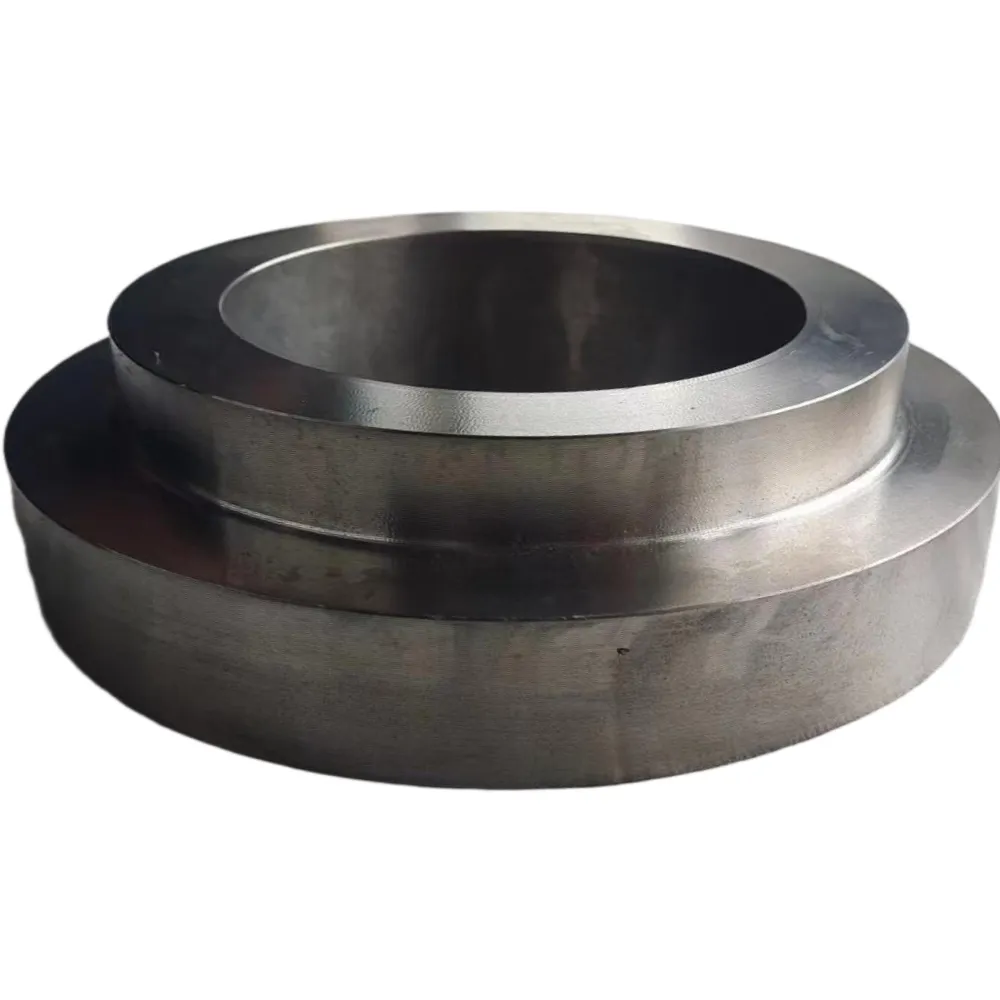Energy Storage: Absorbs and releases energy to maintain consistent engine speed.
Vibration Damping: Reduces engine vibrations for smoother operation.
Clutch Engagement: Provides a friction surface for the clutch in manual transmissions.
Engine Balance: Helps stabilize crankshaft rotation, preventing power fluctuations.
Flywheels come in different designs, each suited for specific applications:
1. Solid Flywheels
Made from a single piece of cast iron or steel.
Used in heavy-duty trucks and industrial engines.
Pros: Durable, simple design, cost-effective.
Cons: Heavier, less efficient in high-speed applications.
2. Dual-Mass Flywheels (DMF)
Consists of two separate masses connected by damping springs.
Common in modern diesel trucks and buses.
Pros: Reduces vibrations, extends transmission life.
Cons: More expensive, requires precise maintenance.
3. Lightweight Flywheels
Made from aluminum or high-strength composites.
Used in performance and fuel-efficient commercial vehicles.
Pros: Improves acceleration, reduces engine load.
Cons: Less inertia, may cause slight drivability issues.
4. Flexplates (for Automatic Transmissions)
Thinner, flexible flywheels used in automatic transmissions.
Pros: Lightweight, reduces rotational mass.
Cons: Not suitable for high-torque applications.
✔ High Durability: Made from forged steel or nodular cast iron for long-lasting performance.
✔ Precision Balancing: Dynamically balanced to minimize vibrations and prevent crankshaft damage.
✔ Heat & Wear Resistance: Hardened surfaces withstand extreme friction and high temperatures.
✔ Compatibility: Engineered to fit specific makes and models (e.g., Cummins, Volvo, Scania).
✔ Corrosion Protection: Coated with anti-rust treatments for extended lifespan.
Smoother Engine Operation: Reduces torsional vibrations, enhancing driver comfort.
Improved Fuel Efficiency: Optimizes energy transfer, reducing fuel consumption.
Longer Transmission Life: Protects clutch and gearbox from excessive wear.
Enhanced Power Delivery: Maintains consistent RPMs, especially under heavy loads.
Reduced Maintenance Costs: High-quality flywheels decrease downtime and repair frequency.
Flywheels are essential in various commercial vehicle systems:
1. Heavy-Duty Trucks: Ensures smooth power delivery in long-haul transportation.
2. Buses & Coaches: Provides consistent performance in stop-and-go traffic.
3. Construction & Mining Equipment: Handles high torque and load variations in off-road vehicles.
4. Agricultural Machinery: Supports tractors and harvesters in demanding conditions.
5. Emergency & Military Vehicles: Ensures reliability in critical operations.
Energy Storage: The flywheel stores kinetic energy during the engine’s power stroke.
Power Smoothing: Releases energy between combustion cycles, preventing jerky movements.
Clutch Engagement (Manual Transmissions): Provides a friction surface for clutch discs.
Vibration Damping (Dual-Mass Flywheels): Absorbs engine shocks before they reach the transmission.
1. Vehicle Type & Usage
Heavy-duty trucks need solid or dual-mass flywheels.
Light commercial vehicles may use lightweight flywheels.
2. Transmission Type
Manual transmissions require traditional or DMF flywheels.
Automatic transmissions use flexplates.
3. Engine Specifications
High-torque diesel engines need reinforced flywheels.
4. Material & Build Quality
Forged steel > Cast iron for extreme durability.
5. OEM vs. Aftermarket
OEM flywheels ensure perfect fitment, while aftermarket options may offer cost savings.
Installation Guide:
Inspect the Crankshaft: Ensure no damage before installation.
Torque Bolts Properly: Follow manufacturer specifications to avoid imbalance.
Check Clutch Alignment: Misalignment causes premature wear.
Maintenance Best Practices:
✔ Regular Inspections: Look for cracks, hot spots, or warping.
✔ Clean Surface: Remove oil and debris from the friction surface
.
✔ Replace with Clutch Kits: Always change the flywheel when replacing the clutch.
Common Signs of a Failing Flywheel
Vibrations & Shuddering – Indicates imbalance or wear.
Grinding Noises – Worn friction surface or damaged teeth.
Difficulty Shifting Gears – Warped flywheel affecting clutch engagement.
Burning Smell – Overheating due to excessive slippage.





